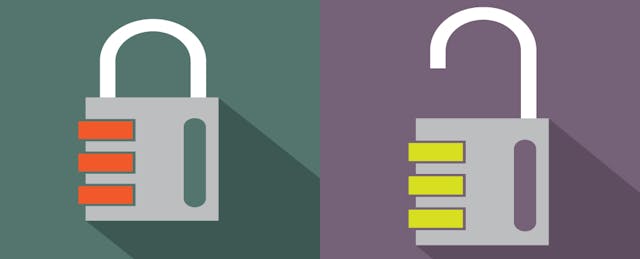There is very little empirical research on online learning for students with learning disabilities (LD), leaving educators with many questions but no consensus about how best to serve such students in an online environment.
Members of the National Association of State Directors of Special Education cannot agree on how to ensure that online learning is accessible to the broadest spectrum of learners, and whether the lack of the proper environment represents a denial of a student’s legal right to a free and appropriate education.
We’d better figure these things out. A recent ruling by the United States Department of Justice charged that edX, one of the largest provider of MOOCs in the world, is “not accessible to would-be students who were blind, deaf or had other physical disabilities.” They are working to address this ruling.
We know that students with learning disabilities may learn best in a human-mediated environment that takes into account their highly specific individual learning profile. The very best special educators adapt to a student’s learning style on the fly–a capability that computers haven’t yet acquired. So it would seem logical to question whether online education is even appropriate for students with LD.
Yet I believe that a well-designed learning platform that includes multiple learning modalities could very well be superior to in-person education for someone with an LD. Based on my 30 years of experience working with students who learn differently, here are six precepts for how one could build an online learning platform that works for students with LDs:
1. Embrace universal design for learning principles in building the platform so that it offers multiple means of representing and expressing information and various ways of engaging students. For example, a professor could provide a narrative description of how to construct a compare-contrast essay, plus a visual concept diagram presenting the same information, constructed using tools in the MS Office platform or a graphical mapping software, such as Inspiration or Mind Maps.
UDL supports neurotypical learners, but is absolutely essential for students with dyslexia, Attention Deficit Hyperactivity Disorder (ADHD) and other learning challenges, including visual and auditory deficits. In addition, a technology-mediated platform that includes streaming video works very well for students on the autism spectrum (ASD), as it supports communication and interaction at a distance, without direct, human engagement.
2. Create a platform that is non-threatening and that gives students immediate feedback so they can see how well they are learning a concept. This is particularly important for a student with ADHD, as these students need immediacy and motivation to stay focused, and continuous stimulation to stay interested and engaged.
3. Adopt “carrot-and-stick” rubrics like gaming that make learning fun and motivate students. For students with dyslexia, who may have difficulty reading, a game-based platform with its fundamental visual foundation would be far more accessible than a text-based interface. For others, visual accessibility would permit students to experiment in higher-level classes than their fundamental literacy level would support. Games allow students to take educational risks in a non-threatening environment.
And make sure you include a big, fat “undo” button everywhere. To paraphrase educator Amos Bronson Alcott, our best and bravest lessons are not learned through success but through misadventure.
4. Empower students with a toolbar that they can use to control their learning. Tools with text-to-speech functions are expressly designed to support students with language-based challenges such as dyslexia or difficulties with basic literacy, keyboarding, or visual challenges to write and learn more easily.
Executive function is a challenge that cuts across many types of disability, particularly ADHD and ASD, and also impacts general students as well. “We complain that learners want to be spoon-fed, but then we won't let them hold the spoon,” said Jane Bozarth, eLearning coordinator for the North Carolina Office of State Personnel. Give students the spoon and the bowl.
5. Make the online experience aesthetically pleasing. E-learning guru Patti Shank said, “If learners think it looks bad, you may have lost a good percentage of the battle in getting them to pay attention.” With a zillion competing data points available to the average learner in any given moment, and with ADHD impacting a growing number of learners, we should be waving our hands to get student’s attention. Our well-manicured, colorful, pretty digital hands.
6. Provide some mechanism for longitudinal score-keeping. Face it: people like to win. This is a cultural issue that impacts every student, including learners with dyslexia, ADHD, ASD, orthopedic, visual, auditory, and other challenges. If they can’t keep score, many students won’t play. So make sure your platform is transparent, both about how the student is doing but also about how the platform itself is functioning. Does it self-monitor? Can you tell if progress is occurring?
I have seen students written off who flourish and achieve extraordinary success when provided effective, personalized support—which a well-designed online environment could easily provide. An online learning platform is waiting to be built that would transform hundreds of thousands of lives, enabling students everywhere to achieve their greatest potential.


